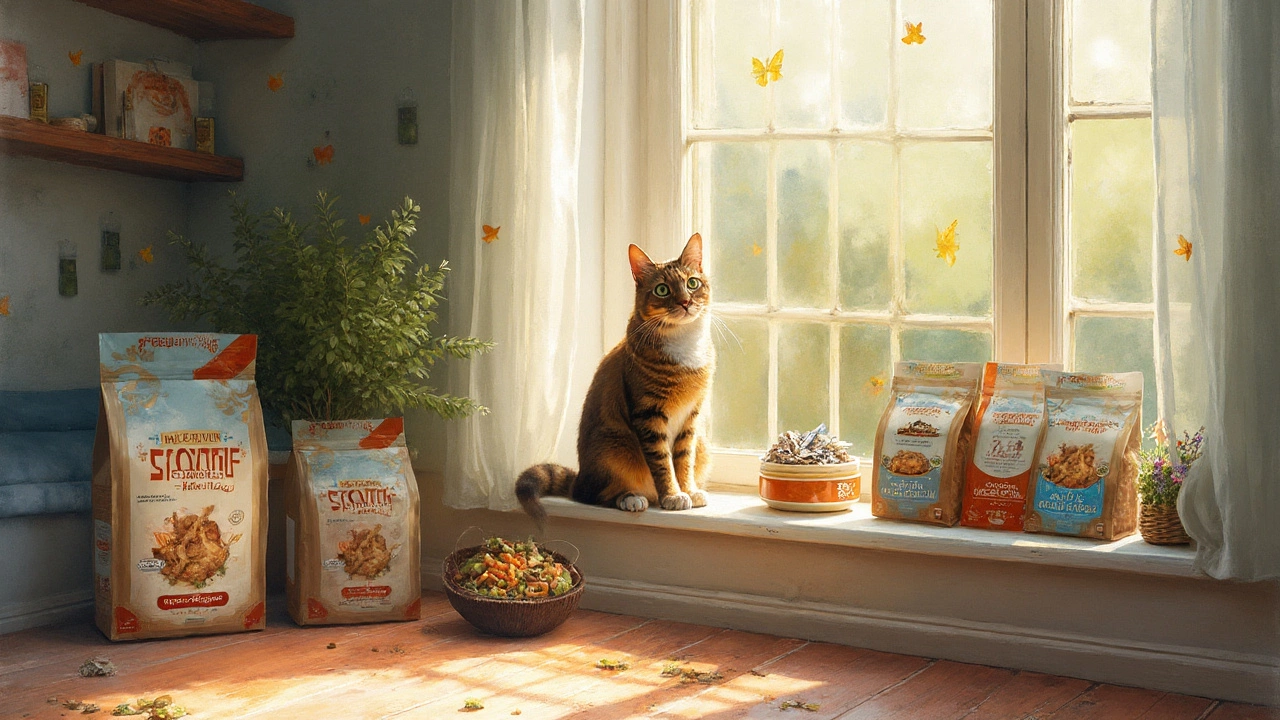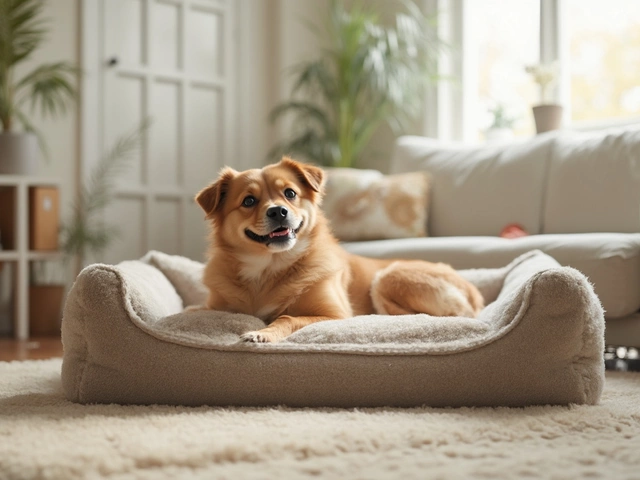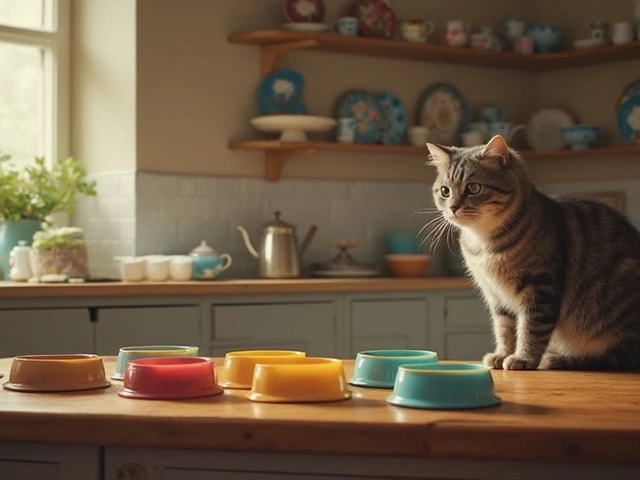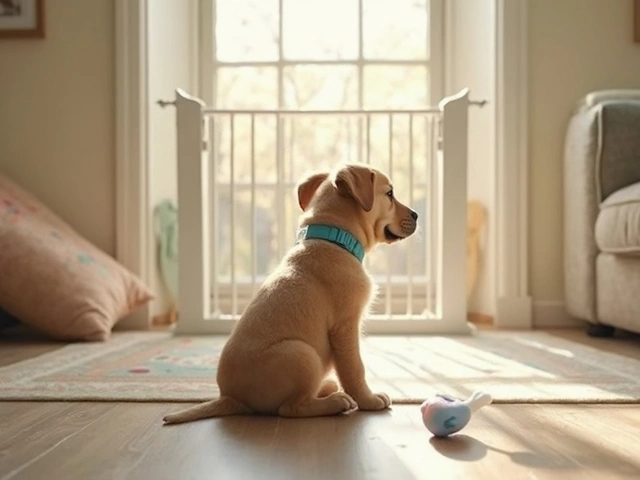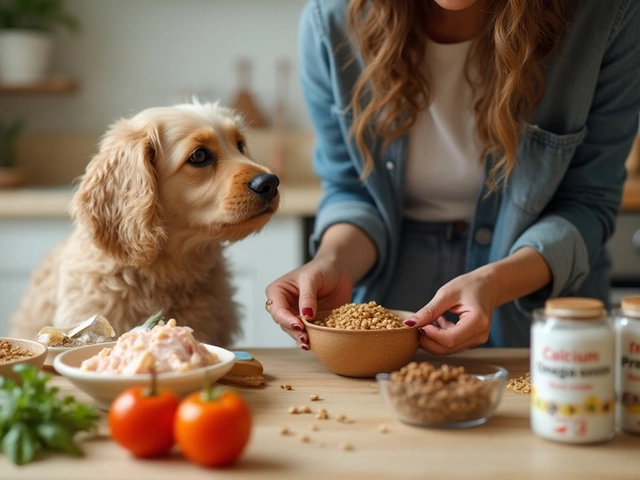Picture this: your furry house panther sprawled across a sunny window sill, a full belly, zero worries, probably dreaming about knocking something off the counter later. But let’s get real—cat health isn’t just about play and naps. What you put in that food bowl matters just as much as playtime or cuddles. People love to debate what’s best for indoor cats, but choosing the healthiest food should be less “Russian roulette with litter box surprises,” more “peaceful purring and playful sprints.”
Understanding Indoor Cat Nutrition Needs
Indoor cats burn fewer calories than their adventurous outdoor buddies. They nap hard, sunbathe harder, and—unless you have turbo kittens—just don’t clock the miles. All that lounging makes weight gain and boredom super common. When you’re picking food, you have one job: match nutrition to your cat’s real life. Cats need more protein and fewer carbs than most people realize; in fact, their bodies are built to get energy mostly from animal-based proteins and fats. Fiber plays a role too, helping with hairballs. Sadly, many supermarket brands pack their kibble with grains and mystery starches that stack on the pounds but don’t support feline health.
If you pop open ingredient lists, you’ll spot names like "chicken meal," "corn gluten," or sometimes just “meat by-products.” The key is to look for real meat in the first few ingredients. Brands that use chicken, turkey, or salmon—rather than fillers—tend to support lean muscle, shinier coats, and keep those litter box ‘gifts’ less offensive. For indoor cats, feeding the proper amount is huge. Since Webster, my orange tabby, started eating a high-protein, lower-calorie indoor formula, he stopped ballooning and started running laps around my couch again.
Another fact: hydration matters, but cats aren’t wired to crave water the way dogs are. Their ancestors got most moisture from prey, not a bowl of water. That’s why lots of experts suggest some wet food in your indoor cat’s daily diet. Wet food is usually higher in protein, has more real meat, and nearly always contains way less carbohydrates. Studies like the 2023 North American Pet Nutrition Survey found cats fed a mix of wet and dry food were healthier, had better metabolism, and showed fewer urinary tract issues than cats fed only kibble. Choosing the healthiest indoor food comes down to reading labels, sticking to real protein, and offering at least some moisture-rich food every day.
Best Ingredients to Look For in Indoor Cat Food
Your grocery cart doesn’t need to turn into a scavenger hunt of buzzwords and promises. Ingredient lists are your best friend. Here’s what you should check: The very first ingredient should be a named animal protein—like chicken, turkey, duck, or salmon. “Meat by-product” sounds mysterious for a reason; it’s often the leftover bits cats wouldn’t eat in the wild. Instead, focus on “chicken breast” or “ocean fish.”
Carbs are sneaky. Rice, corn, potatoes, and even peas show up to bulk out a recipe. Excessive carbs can be rough on a cat’s blood sugar, especially if your kitty is more Garfield than lion. The Association of American Feed Control Officials (AAFCO) guidelines suggest that adult cat foods should provide around 30–45% protein and as little carbohydrate as possible. Bonus points if the formula has added fiber—look for ingredients like beet pulp or pumpkin—that help keep hairballs at bay and digestion smooth.
Let’s talk fat too. Omega-3s keep cat coats lush and shiny, and you’ll find them in foods with added salmon oil or flaxseed. Taurine is a must, since indoor cats can develop blindness or heart problems without it. Always check for taurine supplementation (nearly all premium brands do this). Avoid food with artificial colors, flavors, or chemical preservatives. Natural options last just as long and go easier on little stomachs.
| Essential Ingredient | Function | Common Sources |
|---|---|---|
| Animal Protein | Muscle maintenance | Chicken, turkey, lamb |
| Fat (Omega-3) | Shiny coat, brain health | Fish oil, flaxseed |
| Taurine | Heart & eye health | Supplemented in most foods |
| Fiber | Digestion, hairball control | Pumpkin, beet pulp |
| Minimal Carbs | Healthy weight | Low or no grains |
Here’s a weird but true fact: the “ash content” listed on some cat foods refers to leftover minerals after burning the food (not actual ashes!). High ash isn’t dangerous, but it can signal heavy mineral content, which could affect urinary health. Some brands (like Royal Canin) design indoor formulas with mineral levels that prevent crystal formation, helping cats prone to urinary tract problems.

Top Recommended Brands and Formulas for Indoor Cats
Shopping for cat food can feel as overwhelming as trying to bathe your cat. The shelves are packed, labels scream at you, and the price tags can sting. But once you get the hang of what to look for, a few standout choices really do shine. Here are some of the best formulas for keeping your indoor mini tiger feeling great:
- Wellness CORE Grain-Free Indoor Formula: This brand is all about packed protein from deboned chicken and turkey, backed by extra fiber for keeping hairballs moving along. Sweet potatoes substitute heavy grains, and taurine is a front-runner in the ingredient list. Cats who tried it in palatability studies actually lost weight and showed glossier coats without acting hungry all day.
- Hill’s Science Diet Adult Indoor: Formulated by vets, this one gives the right blend of chicken, antioxidants, and easy-to-digest grains. The formula includes special plant fibers to help with hairball prevention. Cats transitioning from supermarket formulas seem to have better litter box habits, based on reviews and customer feedback on major pet supply sites.
- Blue Buffalo Indoor Health: Famous for real meat as its first ingredient, Blue Buffalo skips chicken or poultry by-products. The LifeSource Bits (tiny, dark kibbles) are loaded with vitamins, antioxidants, and taurine. Kittens and adults both do well, and you’ll notice fewer hairball hacks within a few weeks.
- Royal Canin Indoor Adult Dry Cat Food: This food is popular with vets, especially for cats prone to urinary or digestive upsets. It uses prebiotics, chicory root, and precise mineral levels to support softer stools and better bladder health—basically, fewer undesirable trips to the vet.
- Purina Pro Plan LiveClear: If cat allergies are an issue in your house, LiveClear is a solid choice. It uses a special protein from eggs that’s scientifically shown to reduce allergens in cat hair and dander. Bonus—protein is real chicken, not by-products, and cats love the flavor.
Mixing up wet and dry food isn’t just about spoiling a picky eater. It plays to the strengths of both: crunchy kibble helps fight tartar and keeps teeth healthy, while wet food boosts hydration and gives cats their preferred texture. The 2022 ACVN (American College of Veterinary Nutritionists) guide notes,
“Combining wet and dry formulas in a cat’s feeding schedule improves hydration, provides protein variety, and allows for flexible portion control—important for indoor cats with lower energy needs.”
If you’re on a tight budget, Purina ONE Indoor Advantage performs better than most cheap supermarket brands—real turkey is the first ingredient, and their formulas are regularly tested in feeding trials. For folks looking to go super-premium, Orijen’s High-Protein Indoor Recipe is packed with free-range chicken, turkey, fish, and even cage-free eggs, with almost zero filler.
Feeding Tips: How Much and How Often?
Even the healthiest formula goes sideways if you serve up a mountain of food. Most cats thrive best with set meal times rather than a full dish left out all day (free-feeding). Indoor cats are notorious nibblers—they’ll snack all day if you let them, especially if they’re bored. As a rule of thumb, an average 10-pound indoor cat needs about 200–250 calories daily. Always check your chosen brand’s feeding guide, since calories per cup or can can vary wildly across makes.
For dry kibble, use a kitchen scale or measuring cup—the difference between that “heaping” and “level” scoop can pile on dozens of calories. For wet food, most 3-ounce cans are about 70–100 calories, so two cans per day works as a baseline for a typical adult. Split it into two or three meals: cats like to eat in several small bursts, not one giant dinner. It’s closer to their wild routine, catching small prey through the day. If you work odd hours, automated feeders can help prevent overfeeding (and curb 4 a.m. breakfast demands).
Weight isn’t the only thing to watch. Some indoor cats need a little stool help (more fiber); others are prone to throwing up from scarfing food too quickly. Pay attention to your cat’s habits and adjust. A sudden spike in appetite, or unexplained weight changes, may signal an underlying issue—hyperthyroidism or diabetes aren’t rare for cats over age seven. If things look off, a trip to the vet is a must. Cats hide illness well; don’t wait for them to “act” sick.
Water bowls—or fountains—are another piece of the puzzle. Cats aren’t natural chuggers, but moving water does tempt them. With a fresh fountain, you might spot your cat lingering and sipping more, which is fantastic for kidney health. Place bowls in quiet, easy-to-find spots well away from litter boxes.

Common Feeding Mistakes and How to Avoid Them
It’s easy to spoil your cat, especially when they look at you like you’re the keeper of all joy. Still, there are a few feeding traps even the most loving owners can fall into. First, avoid “people food.” Dairy, onions, garlic, chocolate—cats can’t process most of these and can wind up very sick (the stories of cats sipping milk are more myth than truth; most are lactose intolerant).
Then there’s treat overload. The average cat treat packs more calories than you think. Hand out treats only as a reward, not a replacement for play or affection. Treats should never make up more than 10% of your cat’s daily calorie intake. Check labels on treats the same way you would with main meals; many are made with the same fillers and artificial ingredients you’d never want in a regular meal.
Here’s another common mistake: not switching food gradually. Cats’ stomachs are sensitive. When you find a new, healthier food, blend it slowly with their current food over a week. Start with 25% new, 75% old, and shift the ratio every couple days. Skip this, and you’ll likely get dirty looks, a hunger strike, or surprise carpet stains. If your cat is a rescue, or just a picky soul, you might need to test several proteins or formulas to nail down their absolute favorite.
Don’t forget, senior cats and kittens have specific dietary needs. Older cats often need easier-to-chew kibble and even higher moisture diets to help with digestion and kidney health. Kittens, on the other end, are calorie-burning machines and need more fat and protein. Feeding the wrong formula (like giving a senior cat high-calorie kitten food) can cause weight and health trouble fast.
The healthiest cat food for indoor cats will always be the one matched to their age, health, and snack style—one that keeps weight steady, energy high, and visits to the vet rare. Remember, your kitty might not be sprinting across open fields, but their wild roots run deep. Good, protein-rich nosh lets them keep purring, pouncing, and plotting their next playful ambush on your toes for years to come.
